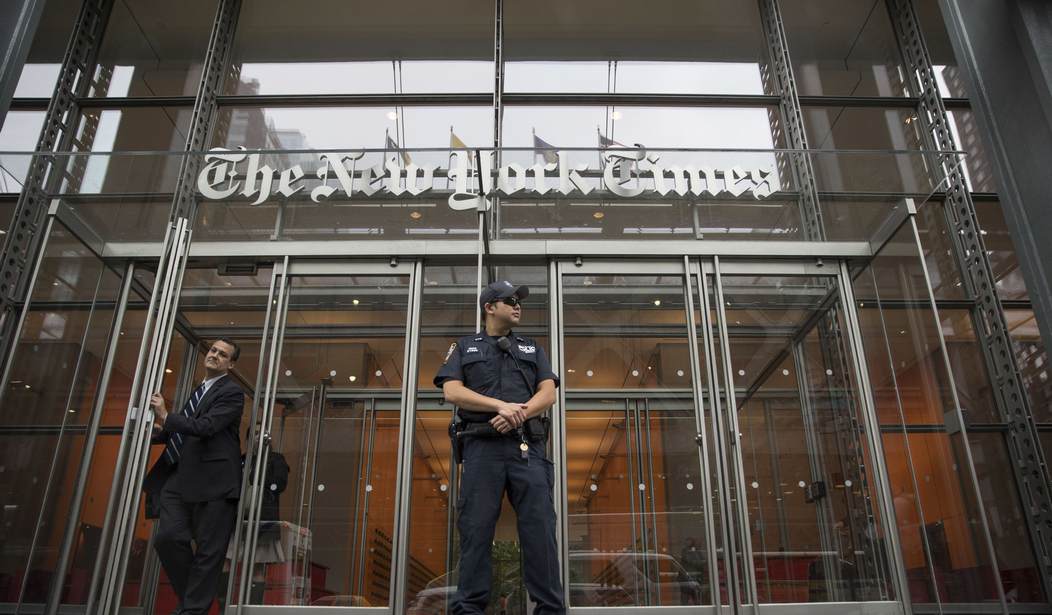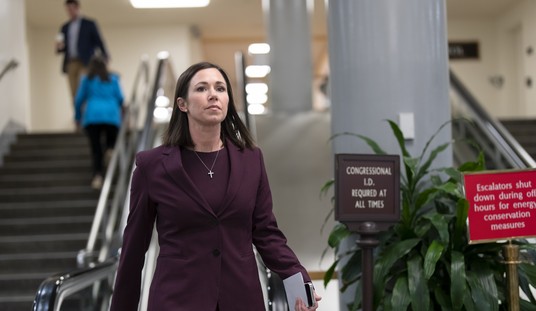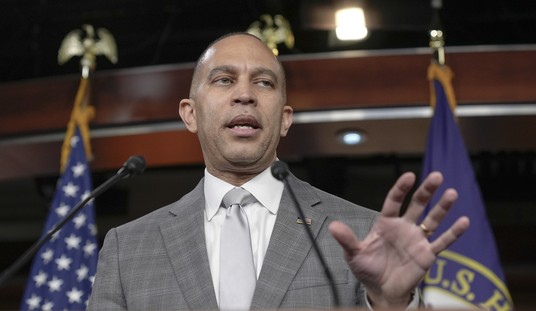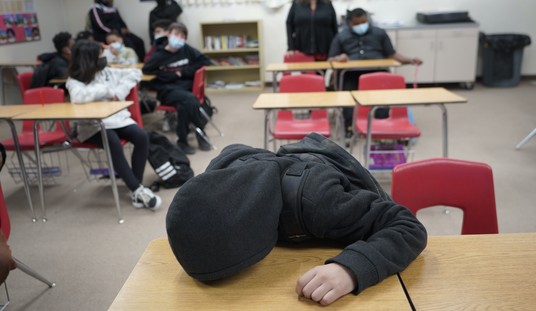Doxxing is the new journalism.
In Minnesota, the highly charged trial of former Minneapolis police officer Derek Chauvin, the officer held responsible for the death of George Floyd, is underway. The trial is drawing national interest as Floyd’s death was the spark that led to a summer of discontent in this country last year. The racial tensions and possibility of a community reigniting into violence have led to numerous precautions being taken, including shielding the identity of the jury members to prevent harassment or harm.
Unless the New York Times can change all of that.
The 12 jury members and two alternates in the Derek Chauvin trial remain anonymous, and their faces can't be shown on camera. Here's what we do know about them. https://t.co/JKamadWEQP
— The New York Times (@nytimes) March 31, 2021
Amazingly, the paper of record is paying particular focus on the jurors, looking to glean whatever information it can and report on its findings. The Times is doing so, despite the obvious steps being taken on behalf of their safety. This is something the paper actually acknowledges — Because of the many threats against people involved in the case and the potential for outside pressure, the 12 jury members and two alternates remain anonymous and their faces cannot be shown on camera.
Yet even with these steps being taken and the cause for the anonymity obvious, the Times strives to deliver as many details as possible. It opens by listing off a number of general descriptions, including the race and employment of a few of the members, and the demographic makeup and age range of the entire panel. It is as desperate a compilation of details as it is irresponsible.
Most of what is known about the jurors comes from the jury selection process, more than two weeks of questioning that touched on virtually every contentious issue in American life, including Covid-19 restrictions, Black Lives Matter, defunding the police, conspiracy theories and opioid addiction. The rest was provided by the court: a list of their approximate ages and races.
The writers obtained the copies of the 14-page questionnaire handed out initially to all prospective jurors, and using these they displayed the impressions and other descriptions of those chosen to sit for the trial. This is done to further expose the individuals through their ages and professions.
Shaila Dewan is the lead national justice reporter on this and had help from two other writers. This exposé goes on for over 1,200 words, as they work hard to detail as many specifics as possible on the individuals intentionally veiled from public exposure. The lone question is simple — why? What could possibly be gained, especially after admitting the precautions are done for the sake of the safety of all concerned with the trial? It is understandable to wonder if there is an intent to influence the members.
Making this all the more obscene is that just weeks ago, this same newspaper was outraged that Tucker Carlson mentioned the name of one of their own writers. Taylor Lorenz — who herself was fond of exposing people by name with baseless accusations of social media crimes — was said to be victimized by Carlson when he spoke her name out loud and posted her photo. It was the same photo The Times has posted beside her name with each of her pieces, but the paper expressed condemnation that their public information was repeated…in public.
But now they are considered valid journalists for picking through the arcane specifics of anonymous citizens performing their civic duty. In a highly sensitive and emotionally-charged court case, that springs off of violent uprising, the protection of the jurors is not only smart policy for the integrity of the case but for the safety of those involved. The Times does not see it this way. Endangering citizens is not a concern when getting a report out.















Join the conversation as a VIP Member